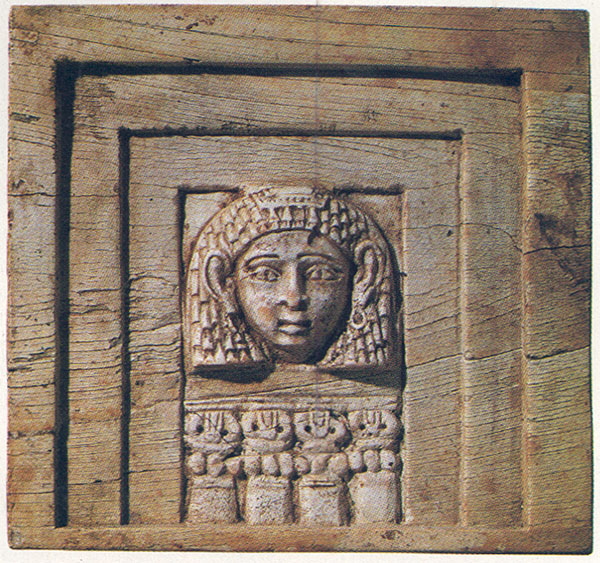Image Details

Erich Lessing
Looking out the window. Archaeologists have unearthed dozens of small ivories depicting women gazing out small, square windows. Beneath the face is a row of elaborate columns; the windows have several recessed frames. This ivory comes from Arslan Tash, in northern Syria; a less well-preserved example was discovered in Samaria (see photo of ivory from Samaria), the capital city of Ahab and Jezebel. More than 500 ivory fragments were found in Samaria, and although it is tempting to identify them with the pagan cult materials that Jezebel introduced into Ahab’s court, the dating of the ivories is uncertain. Some ascribe them to the ninth century B.C.E., when Ahab ruled, others to the eighth.
The most common motif found on Phoenician ivories, the woman at the window may represent the goddess Astarte (biblical Asherah) looking out a palace window. Perhaps this widespread imagery influenced the biblical author’s description of Jezebel, a follower of Astarte, looking out the palace window as Jehu approached (2 Kings 9:30)
